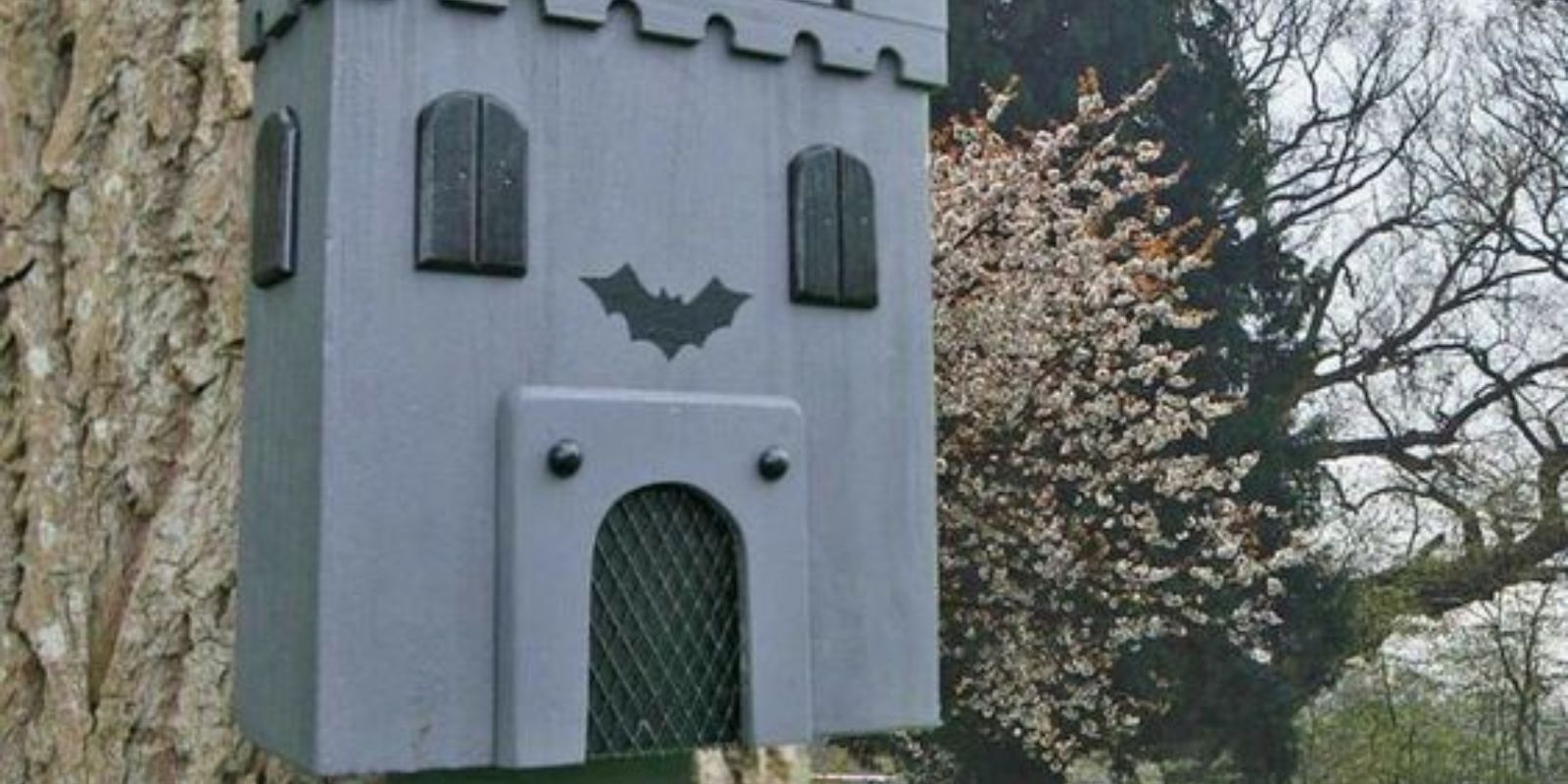Introduction
Building a bat house is more than just a fun DIY project; it’s an act of environmental stewardship that supports local wildlife and promotes a healthier ecosystem. Bats are remarkable creatures that contribute significantly to controlling insect populations, which can benefit both your garden and your community. In this article, we’ll explore why bat houses are important, where to place them, and how to build one effectively.
Why Build a Bat House?
- Pest Control: Bats are natural insectivores, consuming vast quantities of insects every night. A single bat can eat up to 1,000 mosquitoes or other insects in an hour. By attracting bats to your garden, you reduce the need for chemical pesticides and help maintain a natural balance in your garden ecosystem.
- Biodiversity Support: Providing a bat house contributes to local biodiversity. Many bat species are in decline due to habitat loss and other pressures. By offering a roosting site, you support their survival and help maintain healthy populations.
- Educational Value: Building a bat house can be an educational experience for families, schools, and community groups. It’s an opportunity to learn about bat behavior, conservation, and the importance of wildlife in our ecosystems.
Where to Place a Bat House
- Height and Location: Place the bat house at least 10-15 feet above the ground. Bats are less likely to be disturbed by predators and human activity at this height. Attach it to a pole, building, or tree in a location that’s not heavily trafficked.
- Sun Exposure: Bats prefer warm roosting sites, so position the bat house to face south or southeast to maximize exposure to the sun. This helps maintain the house’s internal temperature, making it more appealing to bats.
- Avoid Light Pollution: Bats are sensitive to light, so avoid placing the bat house near bright lights or streetlights. A dark, quiet location is more inviting and suitable for bats.
- Accessibility: Ensure the location allows easy access for maintenance. You may need to clean the bat house or monitor bat activity periodically, so choose a spot where you can reach it safely.
How to Build a Bat House
- Gather Materials: Use untreated wood such as cedar or plywood. Avoid pressure-treated wood or toxic paints and sealants, as these can be harmful to bats. You will also need screws or nails, and a drill for ventilation holes.
- Design the Bat House: A typical bat house has three chambers, although designs can vary. Each chamber should be about 3/4 inch to 1 inch thick to accommodate the bats’ roosting needs. Include ventilation holes at the top and bottom of the house to allow airflow.
- Build the Frame: Cut the wood to create the back, sides, front, and roof of the bat house. Assemble the pieces to form a box with three separate chambers. The entrance should be around 3/4 inch wide to keep out larger predators.
- Create a Rough Interior: Bats need a rough surface to cling to inside the house. You can achieve this by leaving the wood unpainted or adding textured strips of wood inside the chambers.
- Add Ventilation: Drill small holes near the top and bottom of the bat house to ensure proper airflow. This helps regulate the temperature and keeps the bat house comfortable.
- Assemble and Mount: Assemble the bat house using screws or nails, ensuring it is securely constructed. Mount the bat house to a pole, building, or tree. It should be stable and well-secured to prevent it from swaying or falling.
- Maintain the Bat House: Clean the bat house annually to remove any guano (bat droppings) and debris. Avoid disturbing bats during the breeding season and be mindful of their presence when inspecting the house.
Motivational Sentence
Building a bat house is a simple yet powerful way to support wildlife and enhance your garden’s health. By inviting these beneficial creatures into your space, you contribute to a natural pest control system and foster a thriving ecosystem right in your backyard. Get started today and see the positive impact on your environment! 🦇🌿
This article provides a detailed guide on the importance of bat houses, their optimal placement, and step-by-step instructions for building and maintaining one. By following these tips, you can make a significant contribution to local wildlife conservation and enjoy the benefits of natural pest control.

